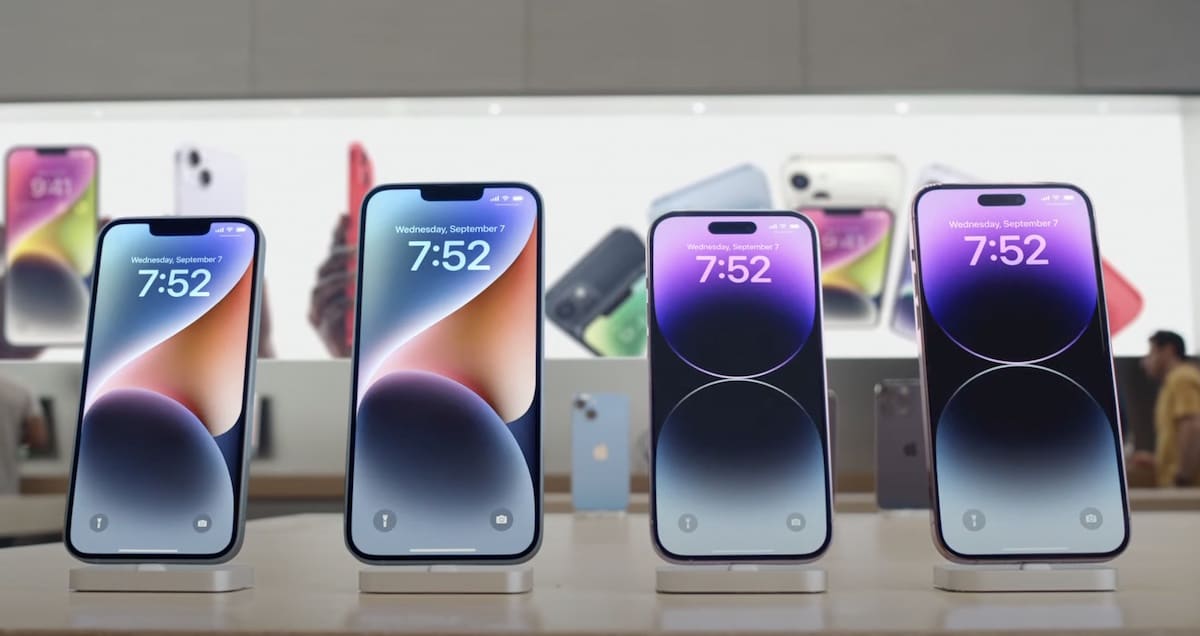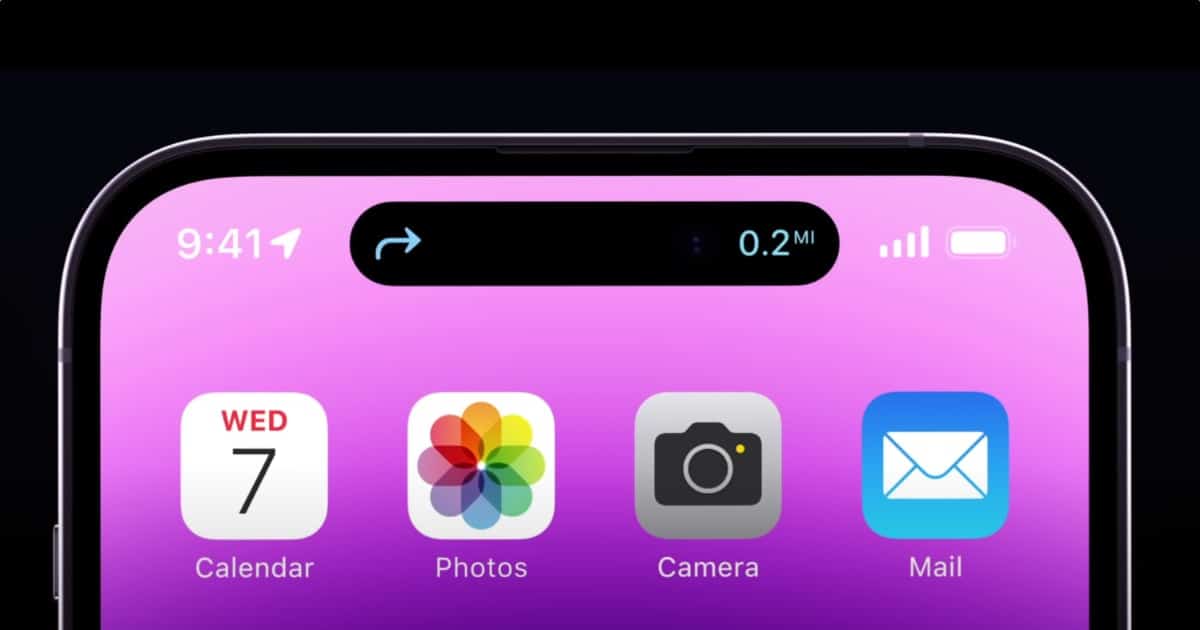Apple, Samsung, and Xiaomi are facing a new obstacle in India. As part of the country’s Prime Minister Narendra Modi’s plan to increase self-reliance, the government is pushing smartphone manufacturers to adopt its home-grown navigation system, NavIC (Navigation with Indian Constellation).
The implementation of local GPS will require hardware changes which the OEMs fear will increase costs and disruptions.

Apple fears a rise in costs and disruptions if forced to adopt the Indian GPS system, NavIC (Navigation with Indian Constellation)
Reuters reports that like China, the EU, Russia, and Japan, India has expanded the use of NavIC, its regional navigation satellite system, over the years to reduce dependence on foreign systems like U.S. Global Positioning System (GPS) and benefit the local economy.
Operational since 2018, NavIC’s uptake is minimal; it is mandated in public vehicle location trackers, for example.
But government and industry documents show Modi’s administration and space officials want to broaden its use, and have this year pushed smartphone giants to make hardware changes to support NavIC, in addition to GPS, in new phones they will sell from January 2023.

All OEMs, Apple, Samsung, and Xiaomi, have shown resistance to the push towards NavIC, especially the tight Jan 1, 2023 deadline.
In private meetings in August and September, representatives of Apple Inc (AAPL.O), Xiaomi Corp (1810.HK), Samsung Electronics Co Ltd (005930.KS) and others pushed back, citing worries that making phones NavIC-compliant would mean higher research and production costs.
The changes would also require more testing clearances, which with a Jan. 1 deadline would disrupt businesses and planned launches, according to two smartphone industry sources and documents.
The companies are looking to expand the deadline till 2025 to implement the changes and for NavIC to use L1 satellite frequency to cut costs which the Indian space agency ISRO said would be available by 2024-25. A decision is expected in the coming days.
Another lobbying push from smartphone players is to convince the Indian government to make NavIC available on the so-called L1 satellite frequency which is already used by GPS, and not only on the L5 frequency used by New Delhi.
That, executives say, will make it easier for manufacturers to integrate NavIC in chipsets which mostly support the L1 band the world over, curbing separate development costs for NavIC.
Apple recently announced that it has begun production of iPhone 14 *base models in India. Industry sources say that it is part of the tech giant’s diversification efforts out of China.